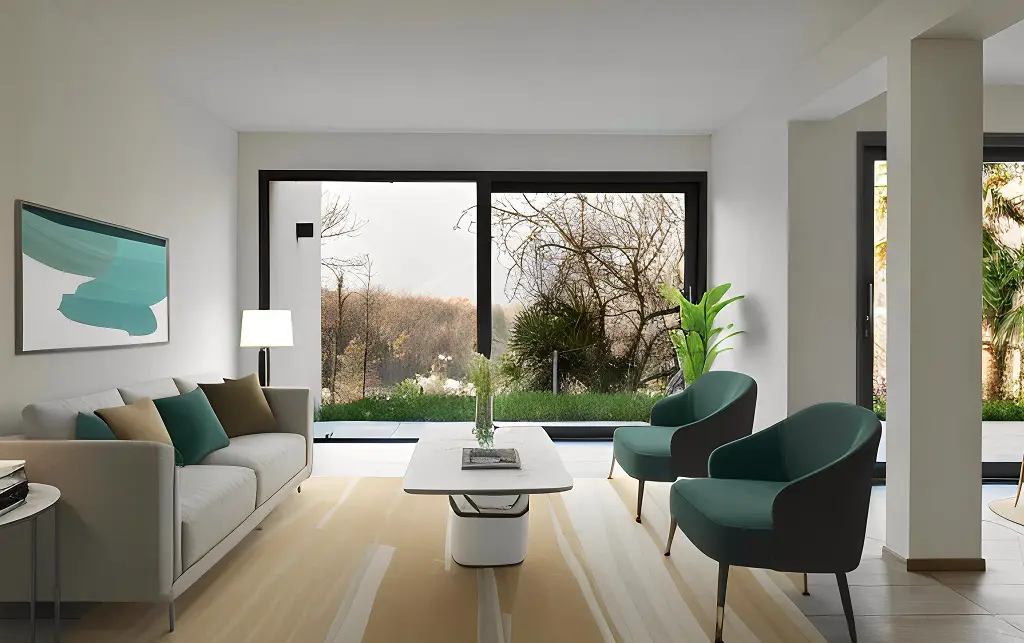Introduction:
Empty spaces can pose a significant challenge in the real estate industry, leaving potential buyers struggling to envision the full potential of a property. However, with the advent of Home staging Virtual, a powerful solution has emerged to transform vacant spaces into visually appealing, market-ready homes.
Understanding Home Staging:
Home staging involves the strategic arrangement and decoration of a property to enhance its visual appeal and create a welcoming atmosphere. Traditionally, this process involved physical furniture and decor, but virtual home staging has revolutionized the industry by leveraging technology to achieve the same effect.
The Rise of Virtual Home Staging:
In recent years, virtual home staging has gained immense popularity due to its cost-effectiveness, flexibility, and ability to reach a wider audience. This innovative approach utilizes computer-generated imagery (CGI) and virtual reality (VR) technologies to digitally enhance and furnish empty spaces, providing a lifelike representation of a property’s potential.
Key Benefits of Virtual Home Staging:
- Cost-Effectiveness: Virtual home staging eliminates the need for physical furniture and decor, significantly reducing costs associated with traditional staging methods.
- Flexibility: Virtual staging allows for quick and easy modifications, enabling real estate professionals to tailor the presentation to different target demographics.
- Wider Reach: Online listings with visually appealing, virtually staged images attract more potential buyers, expanding the reach of a property’s marketing efforts.
The Role of Technology in Virtual Home Staging:
Advanced technologies such as 3D modeling, CGI, and VR play a crucial role in creating realistic virtual staging experiences. These tools allow designers to customize spaces with virtual furniture, decor, and even architectural elements, providing a comprehensive view of a property’s potential.
Addressing Buyer’s Imagination Gap:
One of the primary challenges in selling vacant properties is the “imagination gap” – the difficulty buyers face in visualizing how an empty space could be utilized. Virtual home staging effectively bridges this gap by offering a visual representation of the property with various styles and layouts, enabling potential buyers to envision the space as their future home.
Best Practices for Virtual Home Staging:
- Photorealistic Rendering: Utilizing high-quality, photorealistic rendering ensures that virtual staging appears natural and convincing.
- Consistent Style: Maintaining a consistent design style throughout the virtual staging creates a cohesive and appealing presentation.
- Target Audience Consideration: Tailoring the virtual staging to appeal to the target demographic enhances the property’s marketability.
Conclusion:
Virtual home staging has become a game-changer in the real estate industry, offering a cost-effective, flexible, and visually captivating solution to showcase vacant properties. As technology continues to advance, the potential for virtual home staging to transform the home buying and selling experience is limitless, providing a dynamic tool for real estate professionals to bring empty spaces to life.
